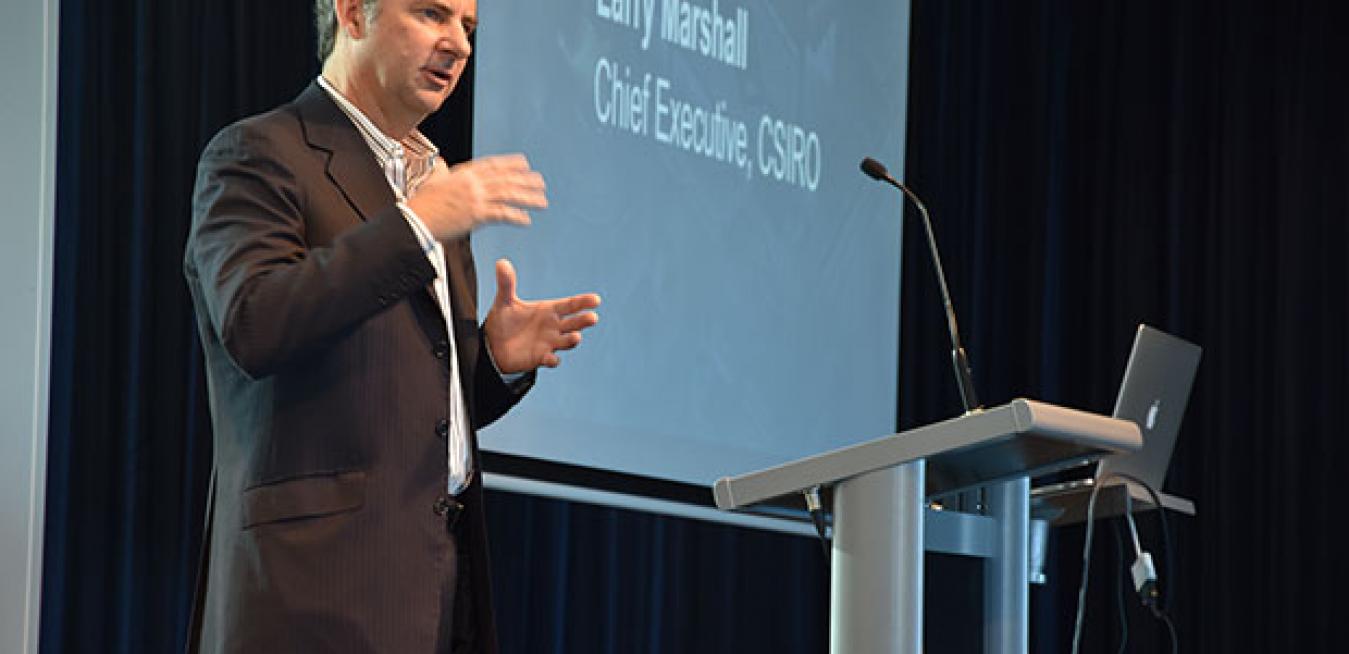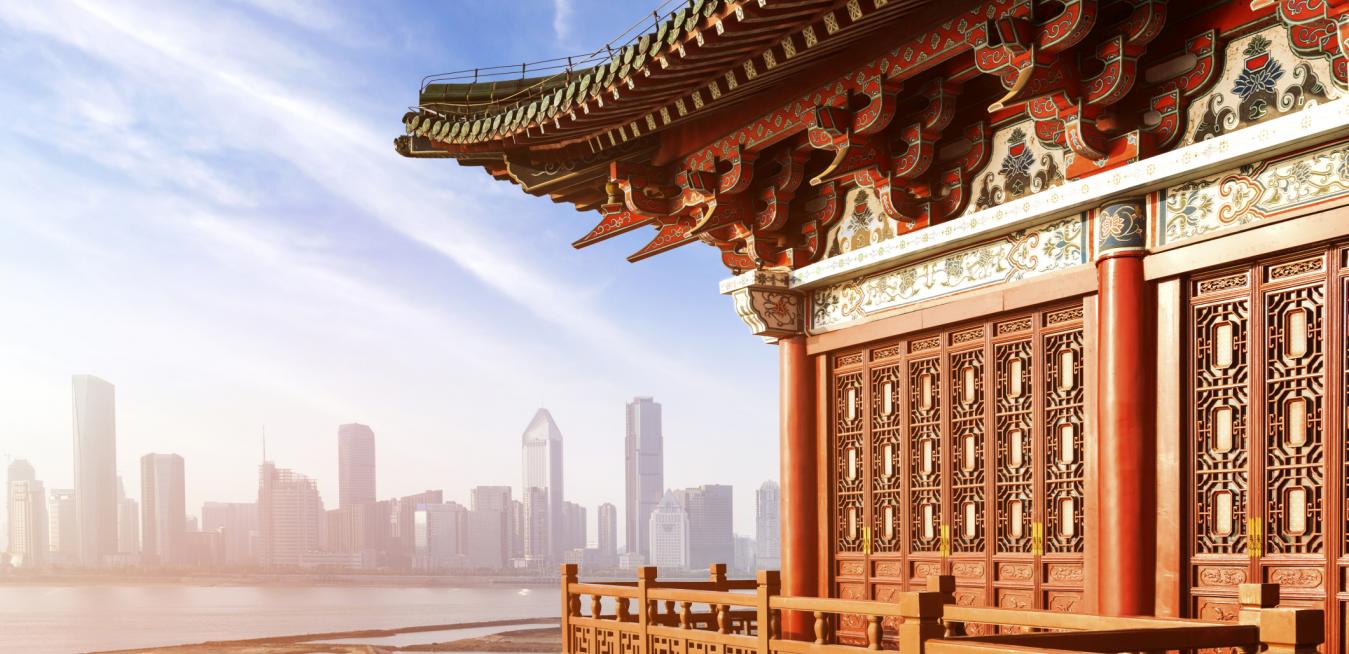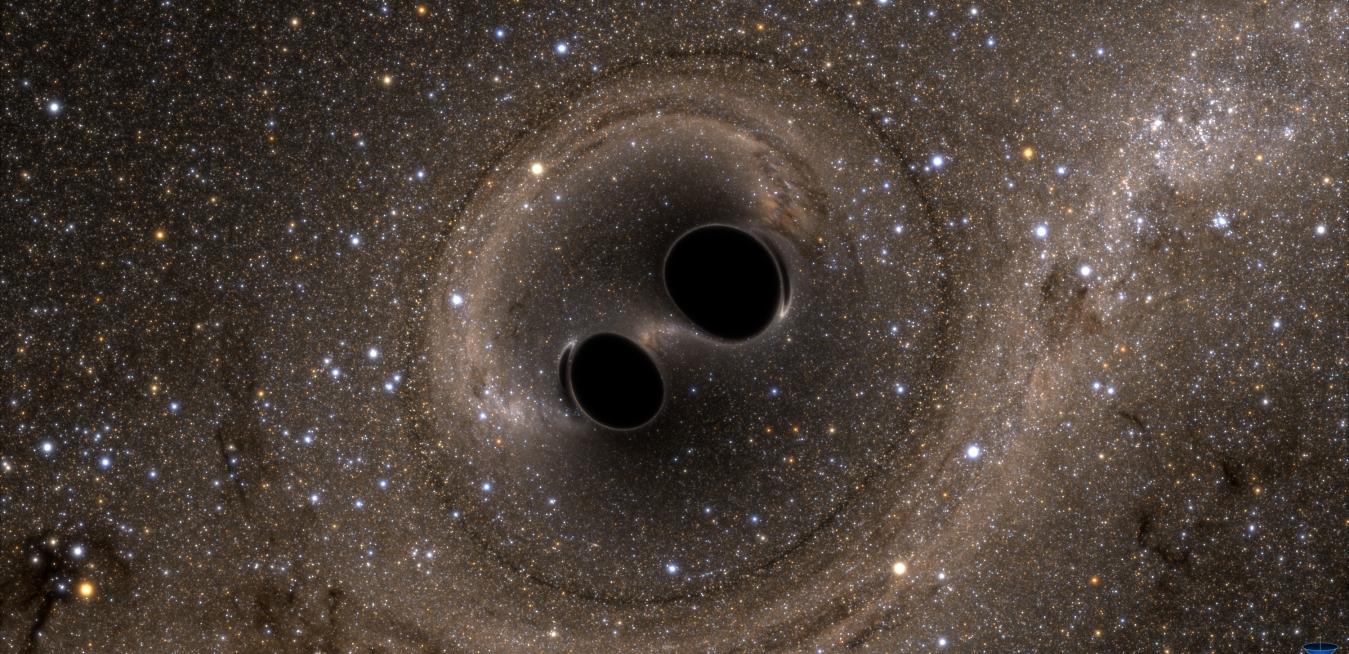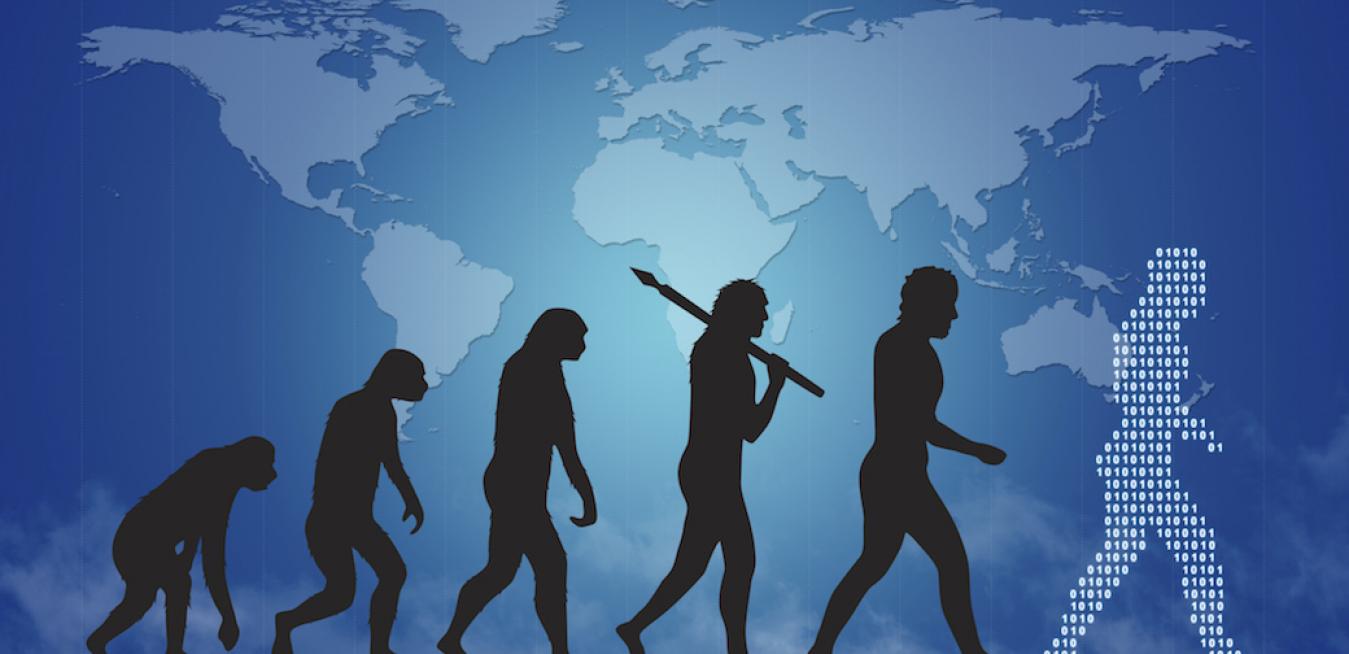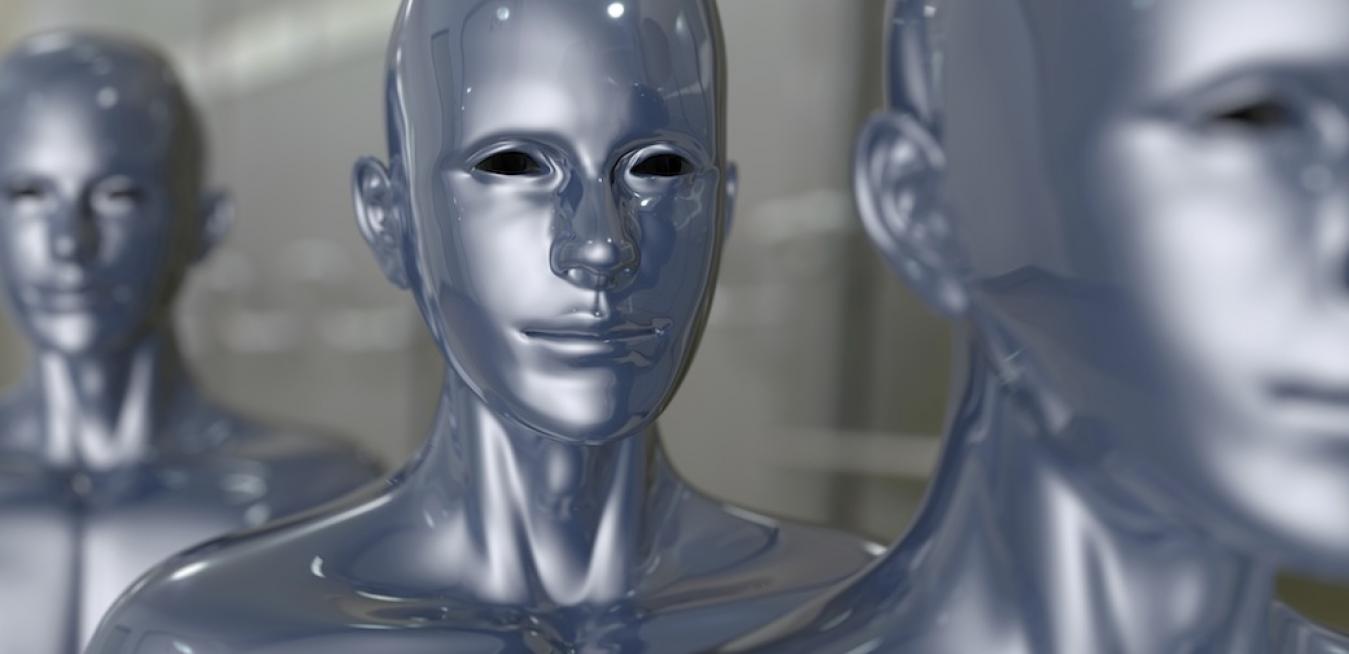As we pause for a break to reflect on the year that’s been, it’s also a time to look to the future and imagine what it looks like.
We canvassed eight super-smart leaders from a broad spectrum, including avionics, mental health, energy, carbon markets, research and academia and asked them the same two questions:
The Itsy Bitsy Spider’s Web Is A Sophisticated Information Network, Scientists Say
Two hours and fifty-four minutes. That’s how long it took a plane to fly from Yangon, Myanmar to Singapore in August 2015. A short flight by some standards, it was barely long enough to watch a movie or read a magazine. Although it may not seem like much, this flight was a historic moment for Myanmar.
The forces of technological change and geopolitical decentralization are set to transform the world over the next five years. Here are the three biggest risks to watch.
We spend a significant amount of time looking at the year ahead at Eurasia Group. But given how quickly the world is changing — especially when the absence of global leadership means considerably more geopolitical conflict — I thought it would be useful to look further out on the horizon.
Here are the top three risks I see coming down the pike for the coming five years:
A Homerun For Ted Williams?
Categories
The pace of innovation may be accelerating, but our ability to adapt to the latest technologies remains undeterred.
Technology is not an obstacle to humanity. Humans evolve — behaviorally, physically, morally, biologically.
Over many millennia, humans migrated around the globe adapting to changing climates, predators, foods, pathogens, rival tribes and countless obstacles and opportunities. To be human is to adapt.
Unless we have clear evidence that artificially intelligent beings we create pose no threat, we need to seriously consider the risk.
Will a Democrat or a Republican win the 2040 U.S. election? Will Google be remembered positively or negatively in 2090? Will humans create new universes by 3002?







